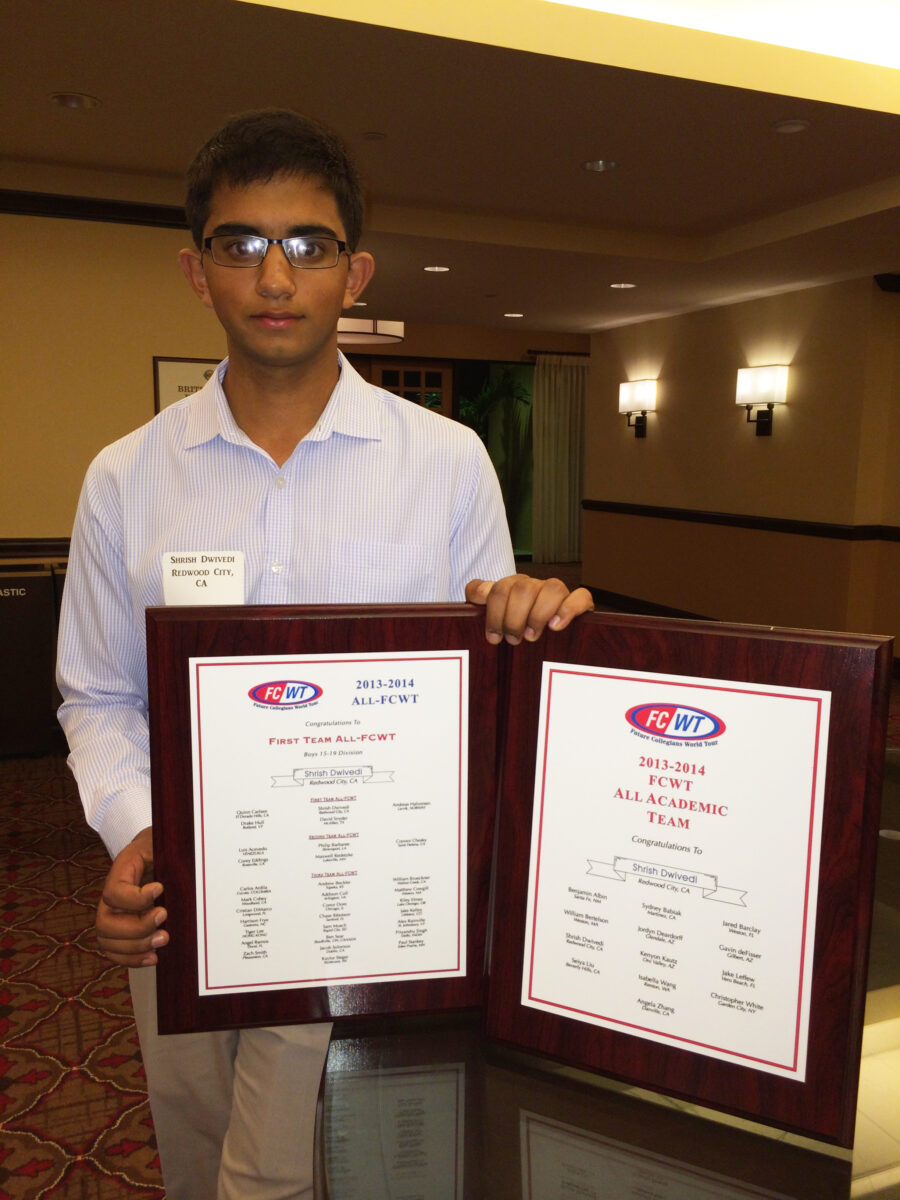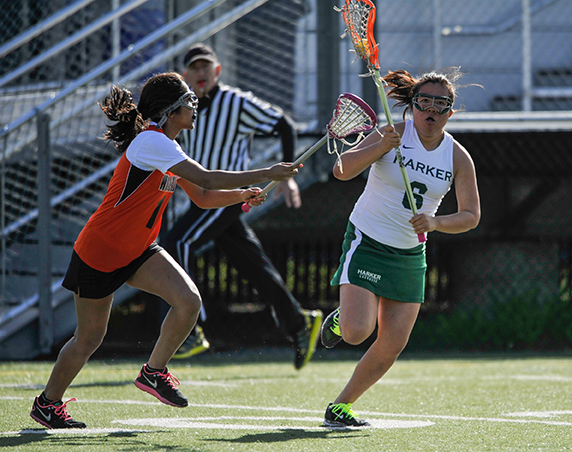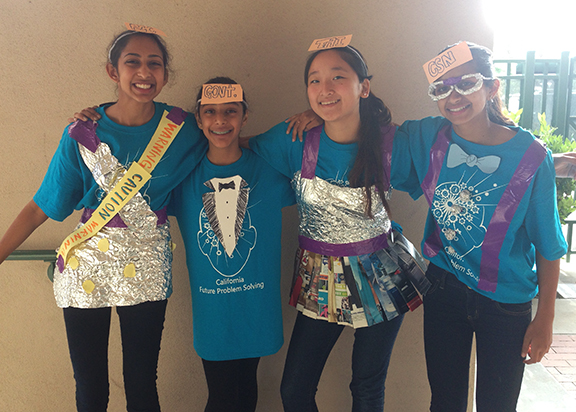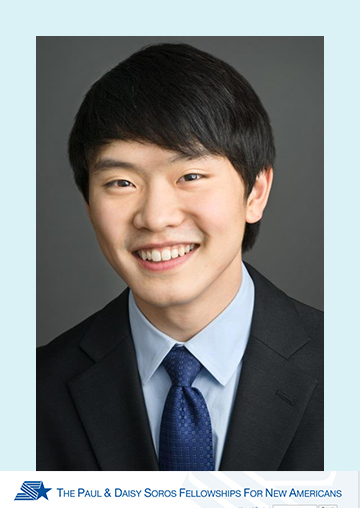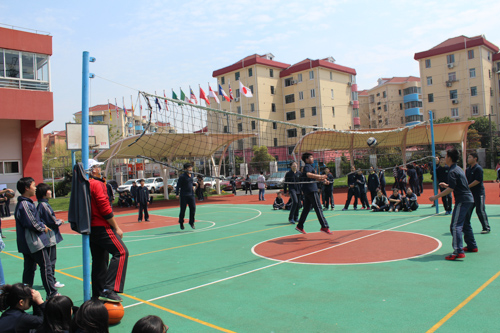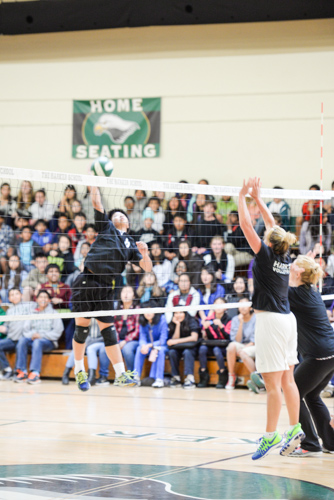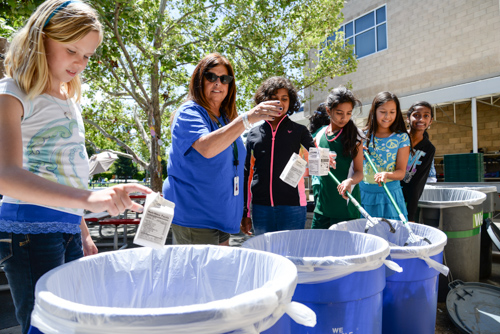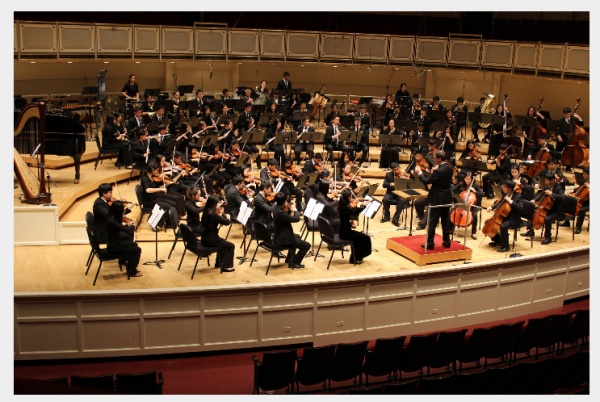League Champs on the Track and in the Air; Swimmer makes CCS Finals; Golfer Honored for Athletics and Academics
UPDATE: Ten Harker teams were named top five CCS Scholastic Championship Teams for spring 2014. The awards recognize the five varsity teams with the highest collective grade-point average of…
